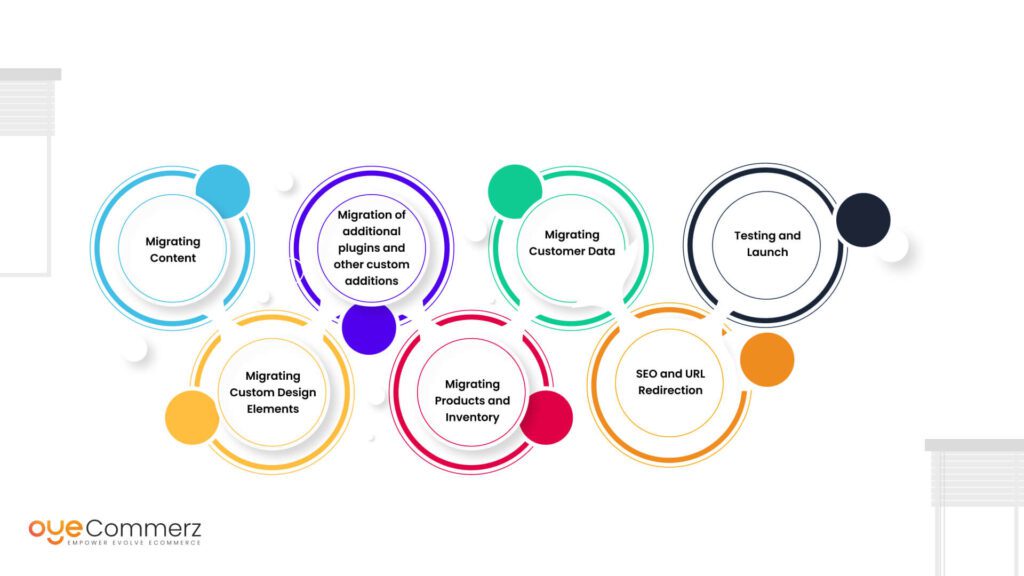In the ever-evolving landscape of online retail, selecting the right system is essential for your company’s growth. If you’re presently using WordPress and thinking about a migration to Shopify, you’re not alone. Many businesses are switching to take advantage of Shopify’s robust tools, user-friendliness, and scalability. This guide will take you through the process of migrating from WP to Shopify effortlessly, making sure that you realize your eCommerce potential.
Why Transition from WordPress to Shopify?
Before exploring the migration journey, it’s crucial to know why this shift can be beneficial for your digital storefront:
User-Friendly Interface: Shopify features an straightforward system that streamlines store management, enabling for non-technical users.
Scalability: As your business develops, Shopify can support higher visitors and transactions without affecting speed.
All-in-One Solutions: Shopify provides pre-installed resources for SEO, analytics, payment handling, and additional functionalities, minimizing the need for several plugins.
Advanced Safeguards: With Shopify, you utilize strong security protocols that protect confidential customer details.
Steps for a Effortless Migration
Migrating your online store from WP to Shopify requires several steps.
Here’s the way to ensure a hassle-free transition:
Outline Your Migration Approach
Kick-off by outlining your migration blueprint. Pinpoint which components of your existing site you wish to migrate, such as:
Product data
Client data
Transaction records
Articles
Pick the Appropriate Migration Package
Based on your preferences, opt for a migration service that fits your business. OyeCommerz delivers multiple choices:
Entry-Level Plan: Perfect for compact stores with limited products.
Mid-Tier Plan: Recommended for medium-sized businesses with more complex needs.
Advanced Plan: Excellent for big stores needing extensive customization.
Save Your Information
Before initiating the migration, guarantee that you have a comprehensive archive of your WP site. This action is crucial in case anything goes awry during the transfer.
Export Your Content from WP
Use extensions or manual methods to extract key content from your WordPress site:
Products
Clients
Sales records
Content pieces
Import Data into Shopify
Once you have your data exported, employ Shopify’s import tools or external apps to Shopify marketing strategies transfer your information into your updated store. Ensure that all content is accurately formatted and aligned.
Personalize Your Shopify Platform
After importing information, adjust your Shopify store’s layout to reflect with your brand identity. Look into hiring a developer if you require detailed customization.
Set Up Payment Gateways and Shipping Options
Set up payment gateways and delivery choices in Shopify to ensure a user-friendly transaction experience for customers.
Apply Search Engine Optimization Guidelines
To preserve your SEO performance during the migration:
Use 301 redirects from existing URLs to updated ones.
Update metadata.
Enhance visual content and text for search engines.
Review Your Updated Shop
Prior to launching, completely test your new store. Identify any errors, payment processing issues, or untransferred content.
Launch Your Platform
When everything is in ready, it’s time to publish! Announce the update to your clients and invite them to explore the updated capabilities of your Shopify store.
Post-Migration Guidance
Even after releasing your new store, ongoing support is important. Think about working with service providers who can assist with:
Technical support
Marketing strategies
Enhancing features
Conclusion
Migrating from WP to this platform can be a game-changing move for your eCommerce. By using this guide and working with professional services like those offered how to migrate WordPress to Shopify seamlessly by OyeCommerz, you can ensure a smooth transition that improves your business potential. Adapt to the shift and unlock the advantages of Shopify today!
